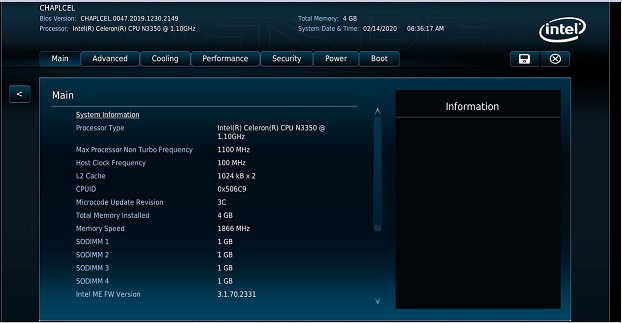Figure 2.61displaysthe boot options. Boot options specify actions the computer should take whenbooting.
Intel® NUC Visual BIOS Glossary - Revision 2.0 8 Max Processor Speed Type Information Visual BIOS Page Advanced Main Processor Information. Displays the maximum processor speed at current settings. Defined as Current Host Clock Frequency x Maximum Non-Turbo Ratio, or Current Host Clock Frequency x 1-Core Active Turbo Ratio if Intel® Turbo. Enjoy the videos and music you love, upload original content, and share it all with friends, family, and the world on YouTube.

Intel Visual Bios Pdf Download
Figure2.61: Define options for computer behavior during POST and boot on the Boot page.
ØUEFIBoot toggles the industry standard UEFI boot mode for UEFI enabled OS's.Disabled causes the system to boot in legacy mode.
ØBIOSSetup Auto-Entry toggles whether or not the system will automatically enterVisual BIOS during each boot cycle.
ØStartup Sound toggles the Intel® Jingle soundduring boot.
Boot Devices
Figure 2.62displays the boot devices. These options define what types of devices should besearched for operating system or other boot software.
Figure 2.62: Define allowable types of devices to load operating system or boot software to the computer |
Intel Visual Bios Pdf Download
ØUSBBoot toggles the capability of booting to USB drive.
ØBoot toUSB first automatically prioritizes USB drives over other boot devices.
Intel Visual Bios Download Windows 10
ØBoot to… options enable or disable boot capabilities for each respective device.
Boot Priority
Figure 2.63displays the boot priority. The boot order determines the sequence that the computer will searchattached bootable devices for an operating system or other boot software. Thecomputer attempts to boot using the device at the top of the list. Ifunsuccessful, the computer proceeds through the device order listed until ableto boot.
Figure 2.63: Specify the order of devices to search for boot software. |
ØBootOrder, like Home Page One, allows the user to set the boot priority of thedevices in the target system.
ØPleasesee the Tutorials section for details on managing boot order.

